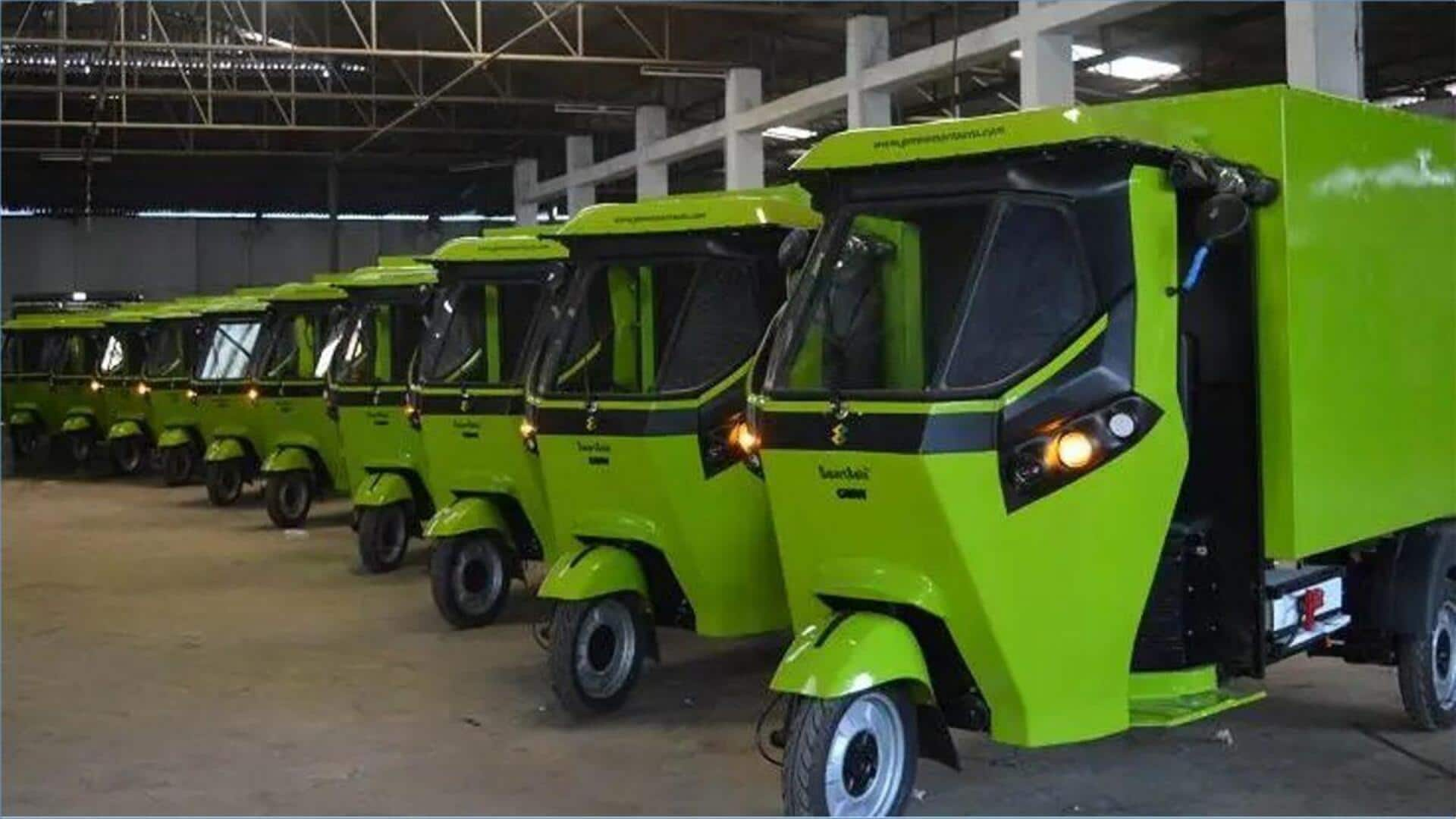
PM e-Drive scheme: Modi government reinstates subsidies for electric 3-wheelers
What's the story
The Ministry of Heavy Industries (MHI) has reinstated subsidies for electric three-wheelers under the PM E-Drive scheme.
The move comes after the annual subsidy allocation for the vehicles was exhausted sooner than anticipated in FY25, resulting in a temporary suspension of disbursement.
To keep the sector afloat, more funds have now been allocated from the overall budget of the PM E-Drive initiative.
Funding details
Subsidy advancement for over 120,000 electric 3-wheelers
The central government has decided to offer subsidy funds for over 1.2 lakh electric three-wheelers.
These funds were originally earmarked for April to the end of FY25. However, with this fiscal year's allocated subsidy running out early, manufacturers were concerned about a disruption in sales.
Scheme overview
PM e-Drive scheme: A boost for electric vehicle adoption
Launched in October 2024 with a budget of ₹10,900 crore, the PM E-Drive scheme aims to speed up the adoption of electric vehicles (EVs), set up charging infrastructure, and create a strong EV manufacturing ecosystem in India.
It is specifically aimed at incentivizing roughly 320,000 electric three-wheelers (e-3Ws), including registered e-rickshaws, e-carts or L5 category vehicles.
Only e-3Ws with advanced battery technology qualify for the demand incentive.
Subsidy cut
Future funding concerns
Despite slashing the subsidy per vehicle to ₹25,000 from ₹50,000, the government has opted to continue the incentive program instead of scrapping it.
The additional funds used for subsidizing e-3Ws this fiscal will be adjusted from next year's budget.
Industry executives have raised concerns that FY26 funds will likely be depleted by the first quarter of the fiscal year too.
Market response
Impact of subsidy reduction
Mahindra Last Mile Mobility CEO Suman Mishra stressed that continuing subsidies is crucial for sustaining growth in India's e-3W market.
Although subsidies have been halved, manufacturers expect price hikes to transfer additional costs to customers.
The government's earlier move to end subsidies until FY26 had alarmed stakeholders, prompting calls for a smoother transition and reallocation of unspent funds from other underutilized segments like e-ambulances and e-trucks.